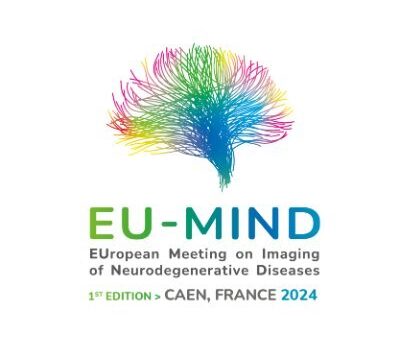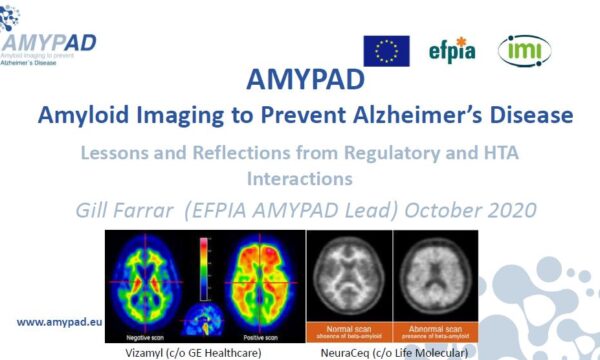A new paper entitled “Spatial-Temporal Patterns of Amyloid-β Accumulation: A Subtype and Stage Inference Model Analysis” has recently been published in the journal Neurology.
Abstract:
Background and objectives: Currently, amyloid-β (Aβ) staging models assume a single spatial-temporal progression of amyloid accumulation. We assessed evidence for Aβ accumulation subtypes by applying the data-driven Subtype and Stage Inference (SuStaIn) model to amyloid-PET data.
Methods: Amyloid-PET data of 3010 subjects were pooled from 6 cohorts (ALFA+, EMIF-AD, ABIDE, OASIS, and ADNI). Standardized uptake value ratios (SUVr) were calculated for 17 regions. We applied the SuStaIn algorithm to identify consistent subtypes in the pooled dataset based on the cross-validation information criterion (CVIC) and the most probable subtype/stage classification per scan. The effect of demographics and risk factors on subtype assignment was assessed using multinomial logistic regression.
Results: Participants were mostly cognitively unimpaired (N=1890, 62.8%), had a mean age of 68.72 (SD=9.1), 42.1% was APOE-ε4 carrier, and 51.8% was female. While a one-subtype model recovered the traditional amyloid accumulation trajectory, SuStaIn identified an optimal of three subtypes, referred to as Frontal, Parietal, and Occipital based on the first regions to show abnormality. Of the 788 (26.2%) with strong subtype assignment (>50% probability), the majority was assigned to Frontal (N=415, 52.5%), followed by Parietal (N=199, 25.3%), and Occipital subtypes (N=175, 22.2%). Significant differences across subtypes included distinct proportions of APOE-ε4 carriers (Frontal:61.8%, Parietal:57.1%, Occipital:49.4%), subjects with dementia (Frontal:19.7%, Parietal:19.1%, Occipital:31.0%) and lower age for the Parietal subtype (Frontal/Occipital:72.1y, Parietal:69.3y). Higher amyloid (Centiloid) and CSF p-tau burden was observed for the Frontal subtype, while Parietal and Occipital did not differ. At follow-up, most subjects (81.1%) maintained baseline subtype assignment and 25.6% progressed to a later stage.
Discussion: While a one-trajectory model recovers the established pattern of amyloid accumulation, SuStaIn determined that three subtypes were optimal, showing distinct associations to AD risk factors. Nonetheless, further analyses to determine clinical utility is warranted.
Congratulations to the authors: , , , , , , , , , , , , , ,
You can read the paper here.
Alongside this SuStaIn paper, a nice editorial by Jacob W. Vogel and Duygu Tosun has been published in Neurology and can be read here.
Want to know more about the methods, major research findings and next steps of this work? Check out the video interview below with Lyduine Collij and Sophie Mastenbroek.



